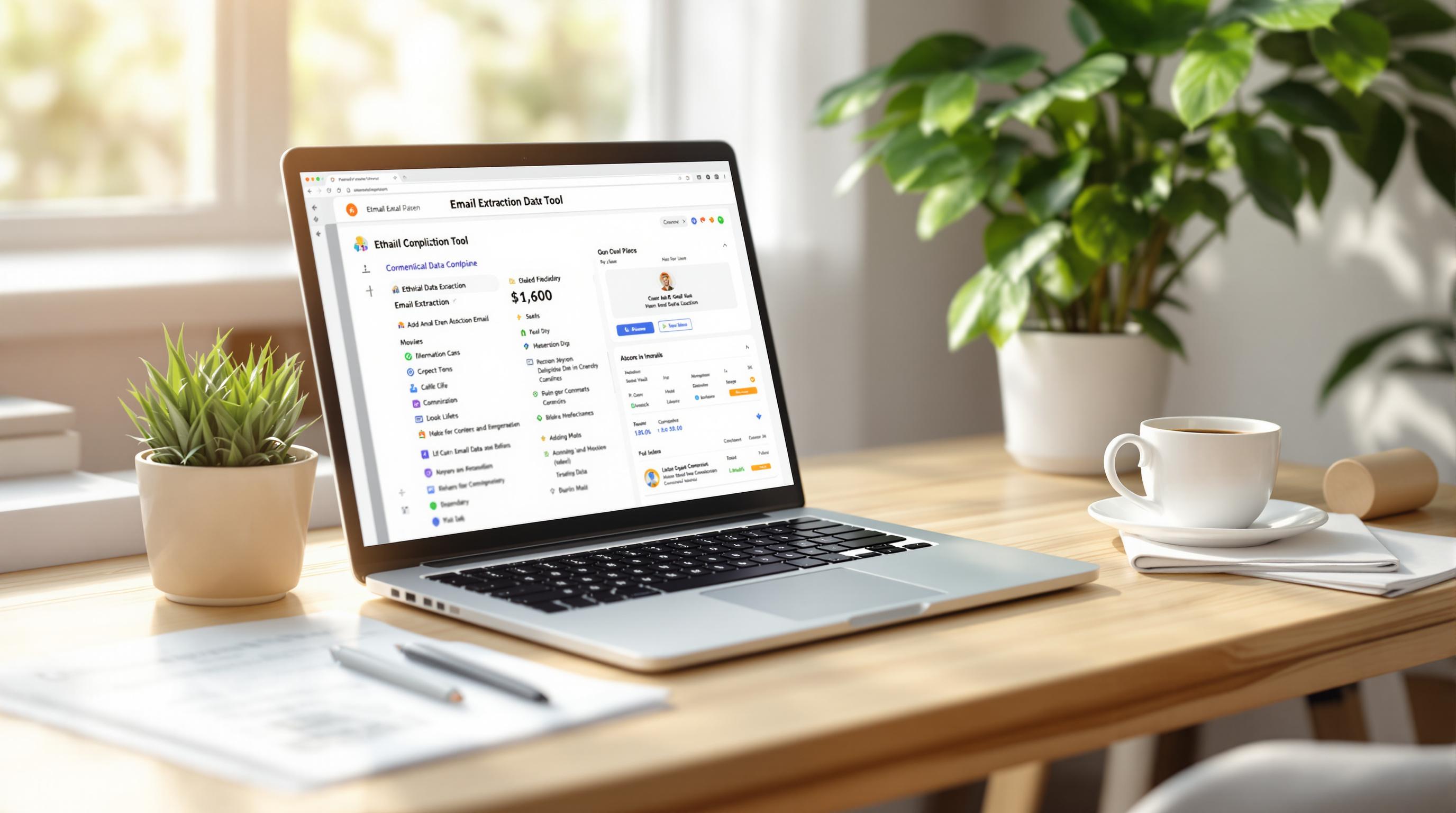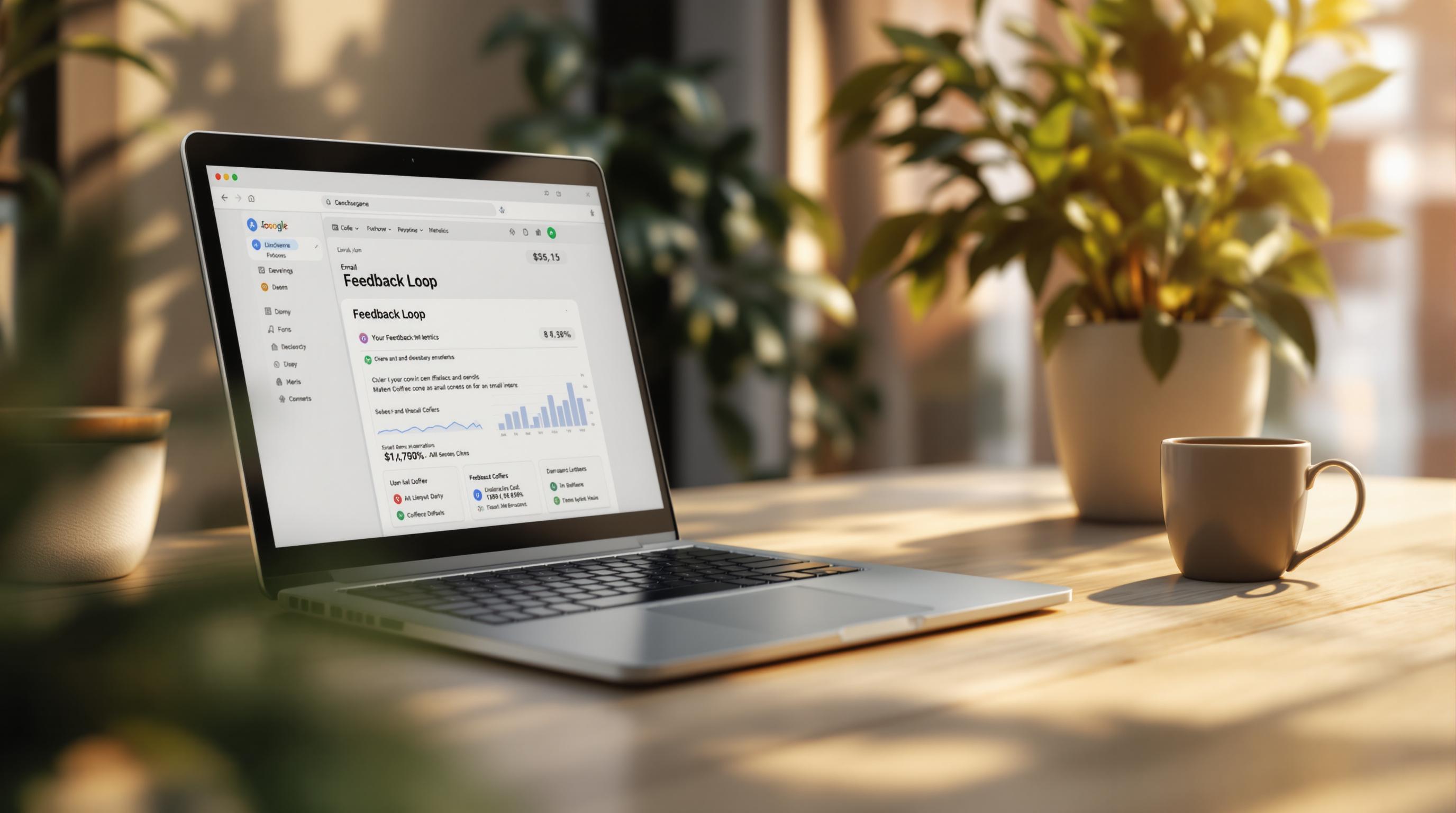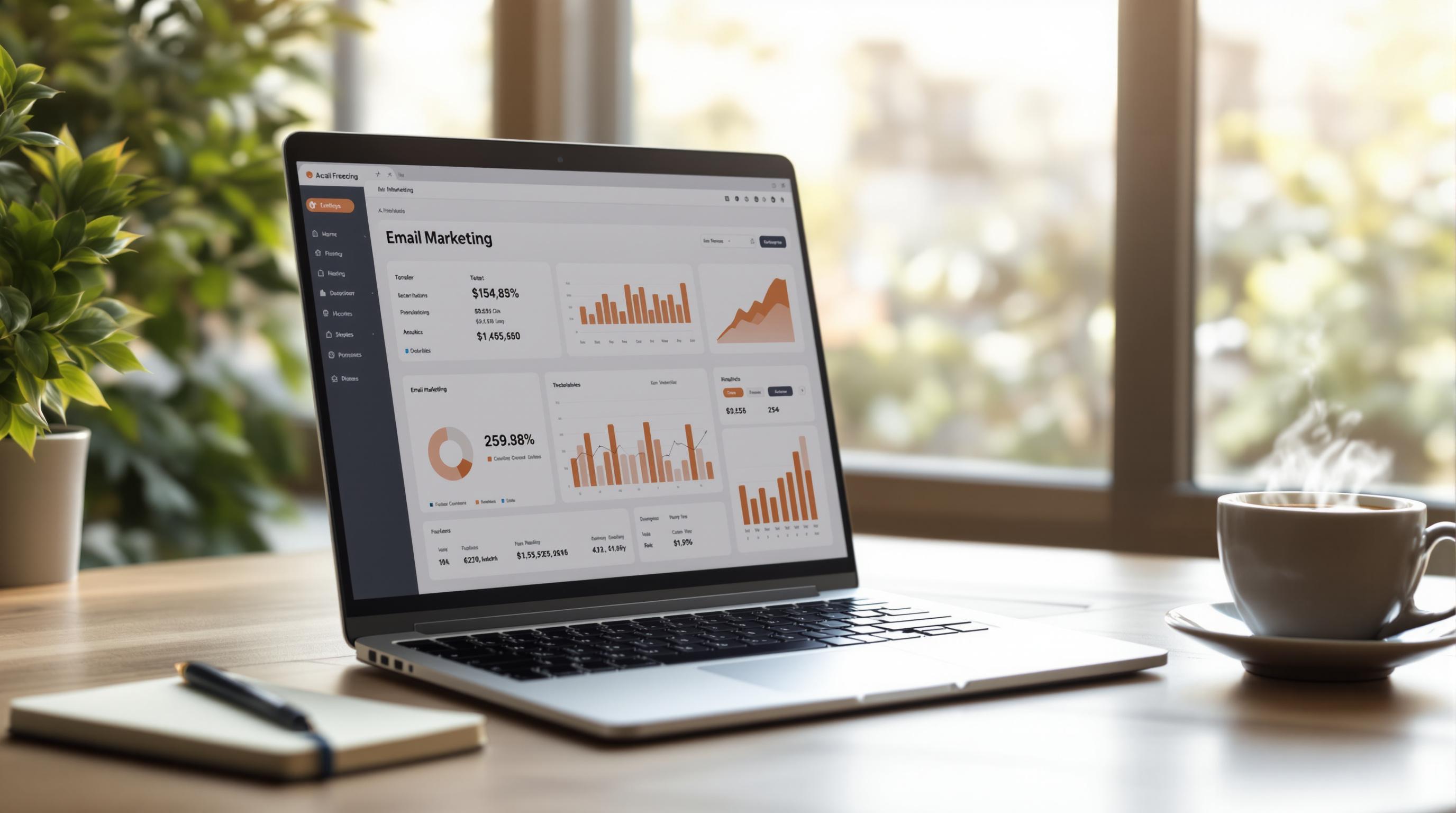Here’s why it works:
- Personalized Emails: Tailor messages based on what customers buy.
- Higher Engagement: Better open and click rates from relevant content.
- Improved Loyalty: Show customers you “get” their needs with targeted offers.
- Proven Results: Example: XYZ Clothing Store increased sales by 20% and retention by 15% using this strategy.
How to do it:
- Segment by recent purchases, frequency, or spending habits.
- Use tools like AI or platforms like Mailchimp to automate and refine campaigns.
- Keep data updated to avoid irrelevant offers.
This approach builds trust, drives sales, and strengthens customer relationships. Let’s dive into how it works.
Advantages of Purchase History in Email Campaigns
Using purchase history in email campaigns is a smart way to create more targeted and effective communications with your audience.
Personalization for Tailored Messaging
By analyzing purchase history, you can craft emails that directly align with your customers' interests and buying habits.
| Element | Benefit |
|---|---|
| Product Categories | Suggesting relevant products can drive more sales. |
| Purchase Timing | Sending timely reminders encourages repeat purchases. |
| Customer Value | Offering personalized deals can enhance long-term loyalty. |
Better Engagement Metrics
Emails based on purchase history tend to see higher open and click-through rates compared to generic campaigns. For instance, sending follow-up offers to recent buyers can effectively re-engage them and encourage additional purchases [4].
Strengthened Retention and Loyalty
Segmenting emails by purchase history helps build stronger connections with your customers. It shows that you understand their preferences and care about their needs. For example, Reebok leverages this approach to encourage repeat purchases, fostering greater customer loyalty [3].
This strategy not only simplifies the repurchasing process for customers but also builds trust by offering recommendations that feel relevant and thoughtful.
Incorporating purchase history into your email marketing is a powerful way to boost engagement and loyalty, setting the stage for more advanced segmentation strategies discussed in the next section.
Strategies for Purchase History Segmentation
Using purchase history data allows you to create highly focused email campaigns. Let’s break down some practical ways to segment email lists based on what your customers have bought.
Segmentation by Recent Purchases
Analyzing recent purchases helps you send timely and relevant emails that resonate with your audience. This method focuses on key moments in the customer journey.
| Timing & Type | Purpose |
|---|---|
| Immediate Thank You | Collect feedback |
| 7-Day Follow-up | Provide usage tips |
| 30-Day Reminder | Recommend complementary products |
Keeping your data updated ensures you avoid sending irrelevant offers that could hurt customer trust [1].
Targeting Based on Purchase Frequency
Understanding how often customers buy allows you to tailor campaigns for different groups. Here's how you can approach this:
| Customer Type | Purchase Pattern | Strategy |
|---|---|---|
| Frequent Buyers | 6+ purchases annually | Offer exclusive rewards and early access |
| Regular Customers | 3-5 purchases annually | Provide loyalty perks |
| Occasional Buyers | 1-2 purchases annually | Send re-engagement deals |
This strategy not only rewards loyal customers but also encourages less active buyers to shop more often [1][2].
Using Average Order Value for Personalized Offers
Looking at how much customers typically spend can help you craft personalized offers that match their habits.
| AOV Range | Strategy |
|---|---|
| High-Value ($200+) | Invite to exclusive launches or events |
| Mid-Range ($100-200) | Promote bundle deals |
| Entry-Level ($0-100) | Offer first-purchase discounts |
sbb-itb-8abf799
Tools and Automation for Email Segmentation
In today's email marketing landscape, having the right tools is essential for turning purchase history into actionable insights. Automation can help you create precise customer segments and run highly targeted campaigns.
AI-Powered Email Segmentation
AI tools can take email segmentation to the next level by analyzing buying patterns and predicting what customers might do next. Research shows that segmented campaigns can lead to 30% higher open rates and 50% more click-throughs compared to those that aren't segmented [2].
| AI Feature | How It Helps Segmentation |
|---|---|
| Purchase Pattern Analysis | Spots trends and forecasts future buying habits |
| Dynamic Segmentation | Automatically updates segments as new purchases are made |
Email Extractor Tool - Simplify Email List Building

For businesses relying on purchase history-based segmentation, tools like the Email Extractor Tool can save time. This Chrome extension helps gather and organize customer email data, making it easier to build targeted lists for your campaigns.
Integrating Segmentation with Email Platforms
Platforms like Mailchimp and HubSpot come with built-in tools designed to work with purchase history data. As Victor Montaucet, CEO of ThirtyFive/Ben&Vic, explains:
"Segmentation is key. The more you know your subscribers/customers, the more you'll be able to segment your database and your sendings" [4].
Success Stories and Case Studies
Case Study: Boosting Engagement with Tailored Campaigns
XYZ Clothing Store achieved impressive results by using purchase frequency and average order value to create targeted customer segments. By consistently updating and analyzing purchase data, they fine-tuned their approach, leading to a 20% increase in overall sales and a 15% rise in customer retention [1]. This strategy allowed them to craft campaigns that directly addressed customer needs, driving real engagement.
| Customer Segment | Strategy Used | Results |
|---|---|---|
| Frequent Buyers | Exclusive rewards and early access | Improved loyalty and repeat orders |
| Infrequent Buyers | Personalized recommendations | Higher engagement and conversions |
By focusing on purchase history, XYZ Clothing Store not only improved engagement but also strengthened customer relationships through highly personalized marketing efforts.
Tips for Effective Email Segmentation
These results underline the value of precise segmentation. To achieve similar outcomes, businesses can apply these proven practices for purchase history-based segmentation:
- Accurate Data Management: Regularly update and analyze customer purchase data to ensure segments reflect changing preferences [1].
- Experiment and Refine: Monitor metrics like open rates and click-through rates to adjust strategies and understand what works best [1][2].
- Unified Data Systems: Combine purchase history, browsing activity, and customer preferences into a centralized system for better targeting [2].
Conclusion: Purchase History in Email Marketing
Key Points
Using purchase history for email marketing segmentation leads to better engagement and retention by allowing tailored and relevant campaigns. For example, XYZ Clothing Store achieved 20% sales growth and 15% higher retention, showcasing the impact of this approach.
| Segmentation Benefits | Impact on Email Marketing |
|---|---|
| Customized Content | Boosts open rates and engagement |
| Deeper Customer Insights | Enables precise product recommendations |
| Focused Campaigns | Drives higher conversion rates |
| Behavioral Analysis | Strengthens customer loyalty |
With technology advancing rapidly, the potential of purchase history segmentation continues to grow.
Future Trends in Email Marketing
AI and data analytics are reshaping email marketing, offering new ways to maximize the value of purchase history segmentation. These tools are making predictions more precise and campaigns more tailored than ever before.
Cross-channel data integration is another game-changer, providing a broader view of customer behavior. This allows marketers to adjust their strategies to match shifting preferences and demands [1][2].
Leveraging purchase history will remain a key strategy for effective email marketing. Brands that tap into these emerging trends can stand out by delivering highly personalized campaigns that align with customer expectations.



